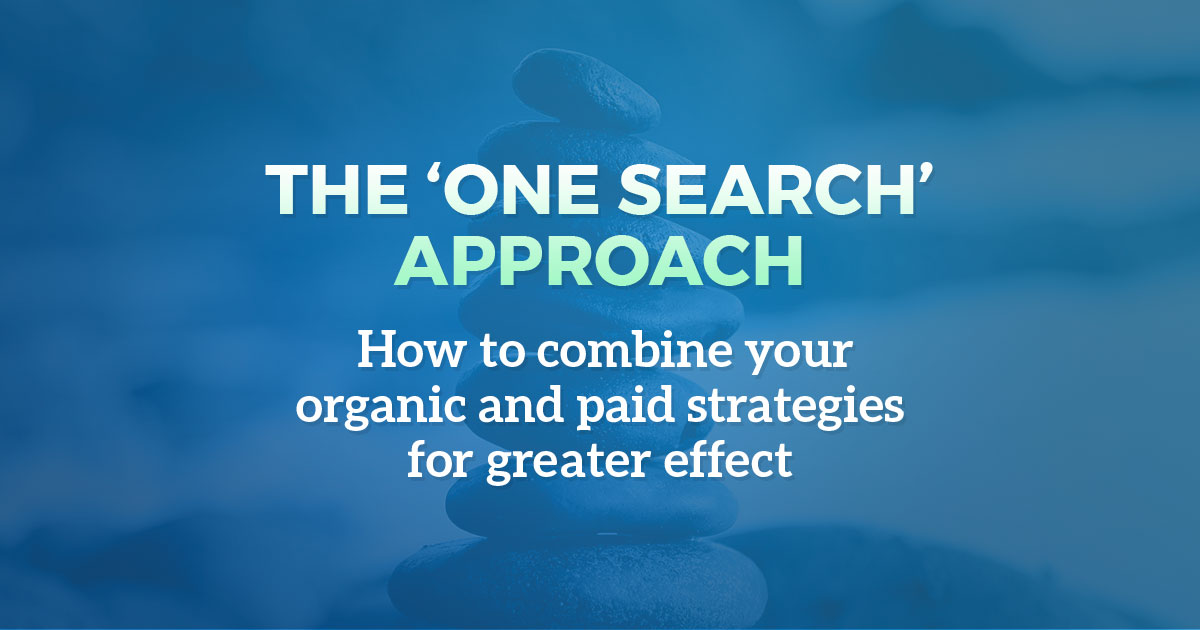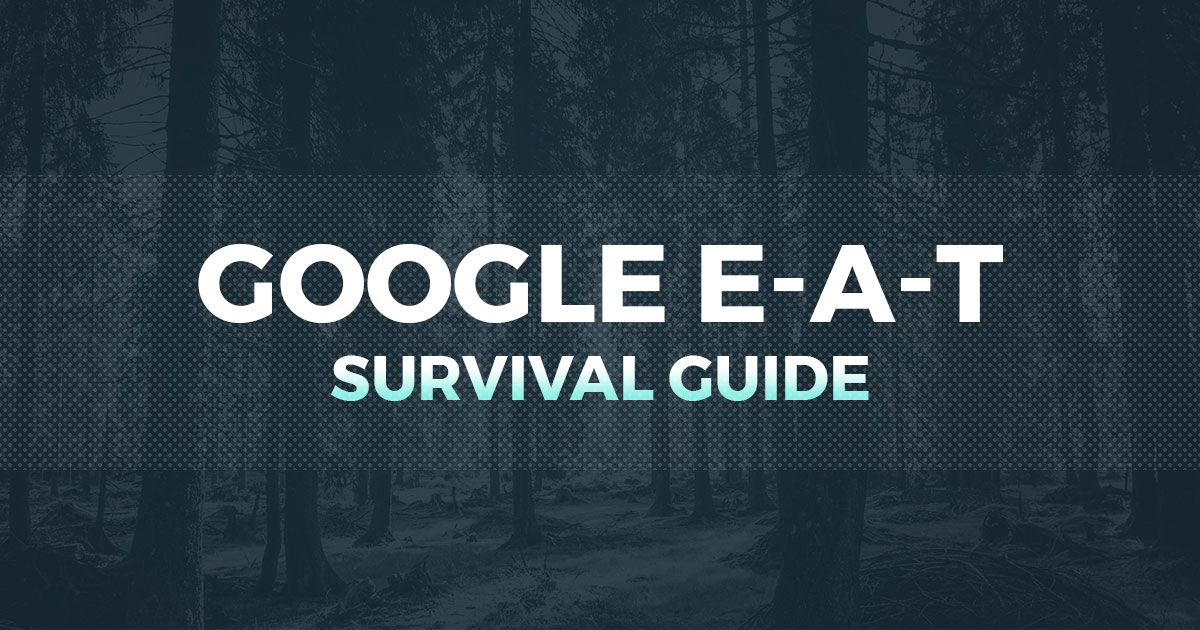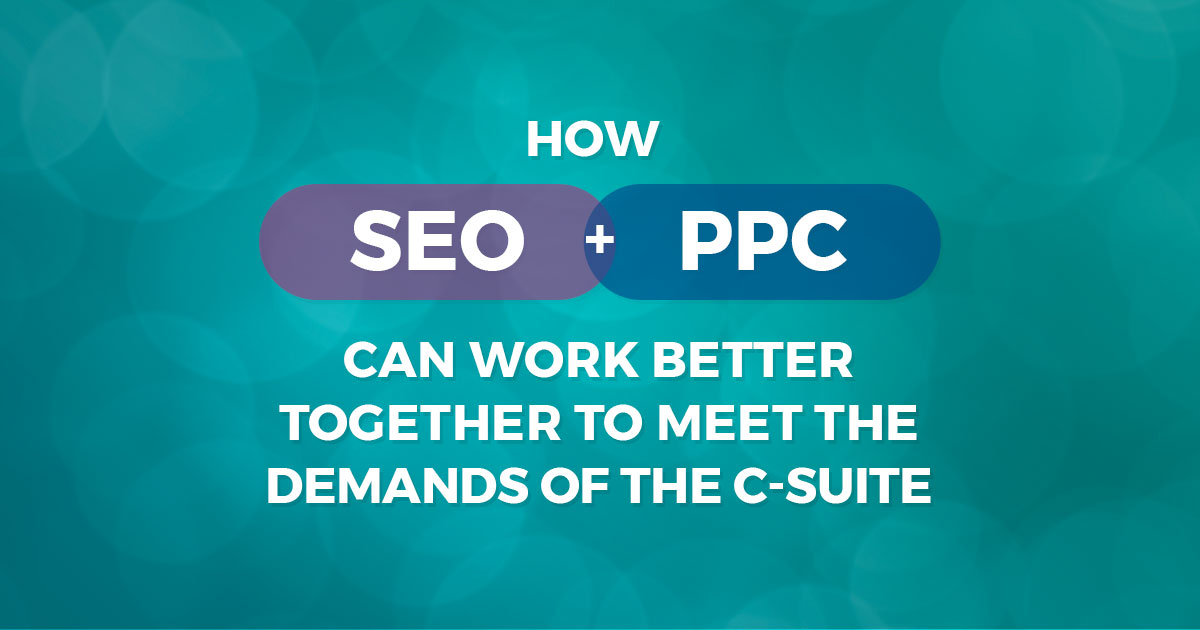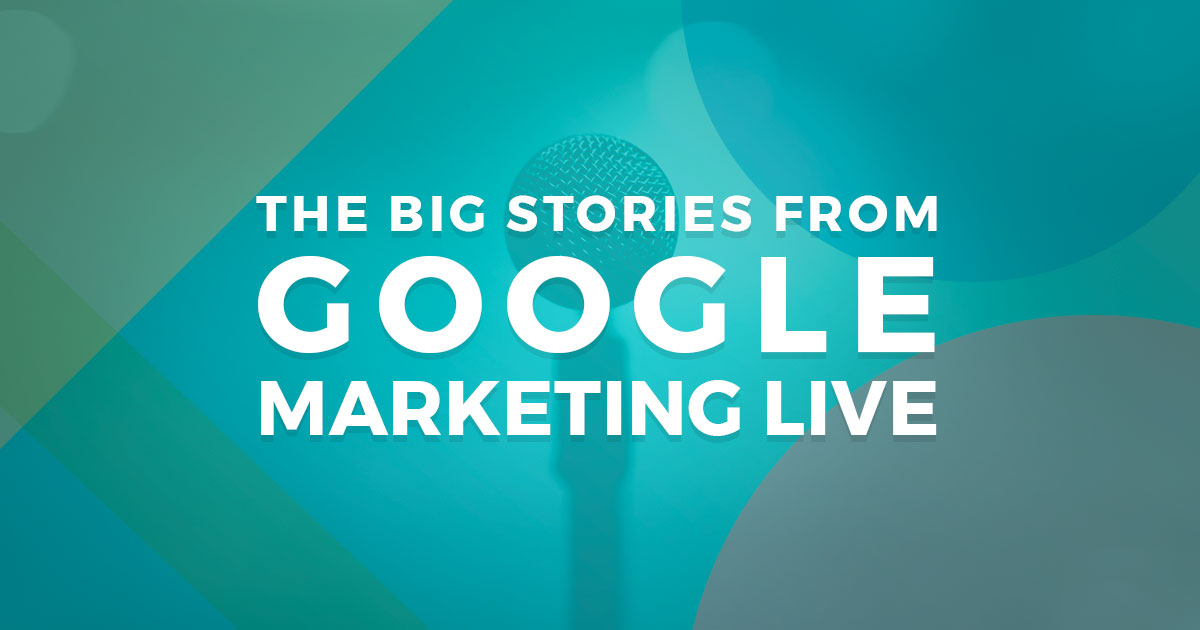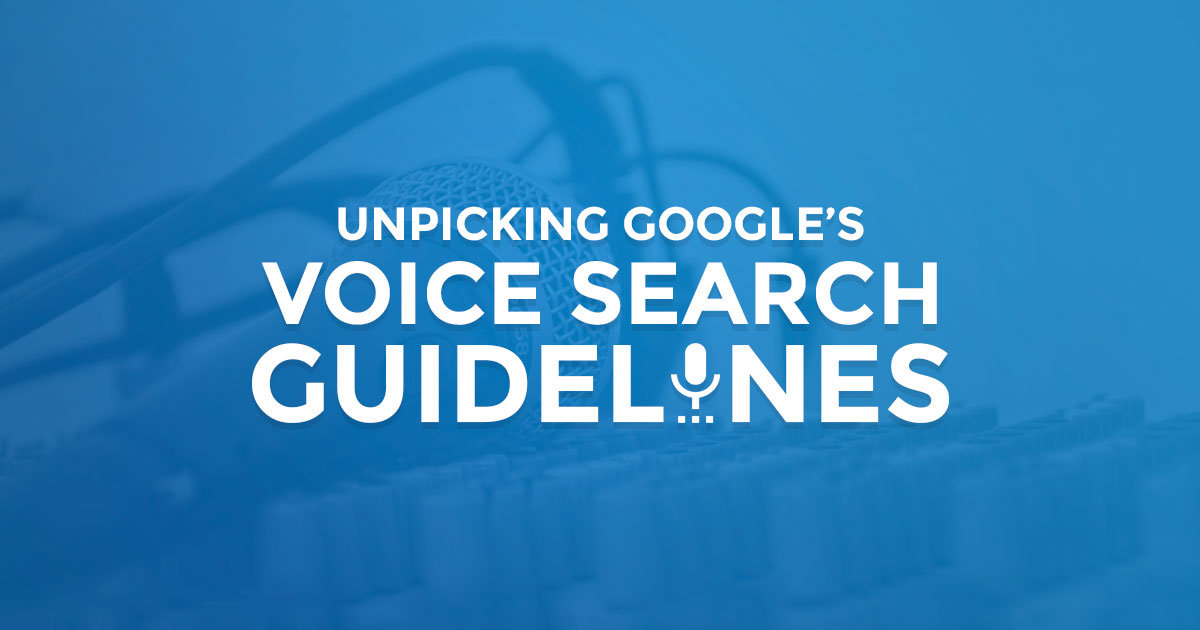On Thursday, Google’s Webmaster Central Blog announced a new ranking signal from 2021. With the actual date yet to be confirmed.
Building on the Core Web Vital metrics that were announced recently, this update specifically focuses on core factors that influence user web experience.
Of course, it isn’t the first time that Google has announced experience-related updates and performance metrics being introduced to the search algorithm. But what this update does is introduce new measures of good user experience to reward those pages that do deliver positive browsing experiences and, by the same token, encourage brands to address those annoyances that users come across on both desktop and mobile.
What are the changes in a nutshell?
What is being introduced is a new ranking signal that is all about “page experience”. This signal will take many of the experience-related signals that we already know about, such as mobile friendliness, HTTPS, non-intrusive advertising and safe browsing, and combine these with those recently announced Core Web Vital metrics.
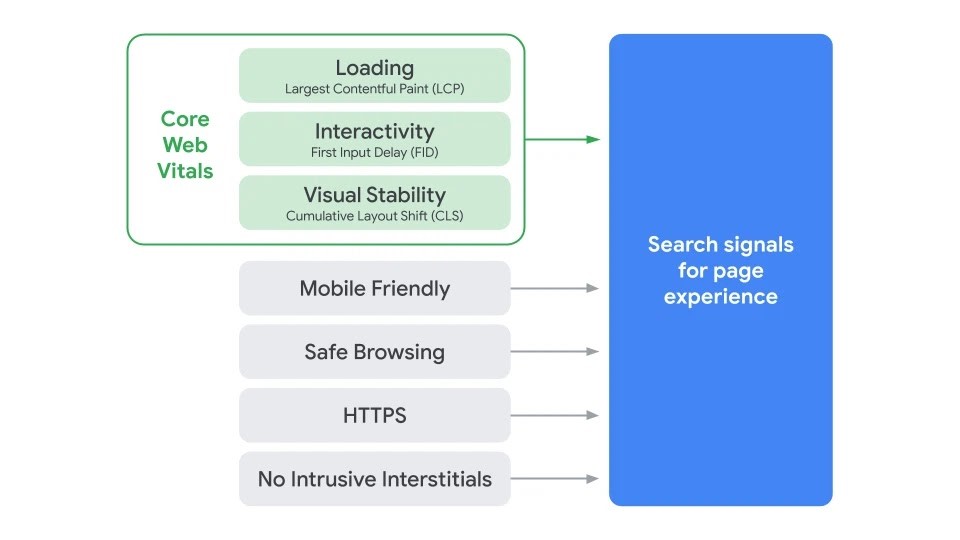
These vitals cover areas such as:
- Page load speed (First Contentful Paint)
- The ease at which people can interact with the content – such as how quickly they initiate a search or begin completing a form.
- The visual stability of content as it loads – does the page follow conventions and standards that would prevent accidental interactions (such ensuring that any pop-ups don’t cause action buttons to change position).
Google believes that by combining these metrics with the ones that marketers are already familiar with, it can focus website owners on addressing some of the key issues that impact on user experience, safety and security.
What are the key points?
It is likely that more and more information will emerge as the ranking signal roll-out nears, but there are a couple of aspects to this update that have already been confirmed.
What we do know is that the changes won’t come into effect until some point in 2021 and that website owners will get at least six months’ notice. Google says that this is in response to the issues that many brands are already grappling due to the COVID-19 pandemic.
The page experience ranking signal will work on a ‘page level’ basis – rather than ‘site wide’ level first and foremost. That means that if some pages offer a poorer user experience than others, you may see a larger drop in these areas. Similarly, good page experience in certain parts of the site will not “drag up” those that offer an inferior experience.
When this signal arrives, Google will also take away the requirement for ‘Top Stories’ on mobile to be AMP pages, this making all pages eligible. Page experience will also become a ranking factor within ‘Top Stories’.
Google is also quick to stress that these updates do not supersede the need for websites to provide good content that searchers want to consume. Page experience will be used largely as an effective ‘tie-breaker’ when most ranking signals and content quality metrics are similar. The search engine makes it clear that great content should still be the primary focus.
The ‘Core Web Vitals’ aspect of this ranking signal will be updated over time, so Google will start to talk about new metrics and measurement techniques and it may then decide to either expand or adjust exactly what the search engine measures and how it measures it. Previously Google used FCP (First Contentful Paint) but this is now adapting to LCP (Largest Contentful Paint).
What we think this means for search strategy.
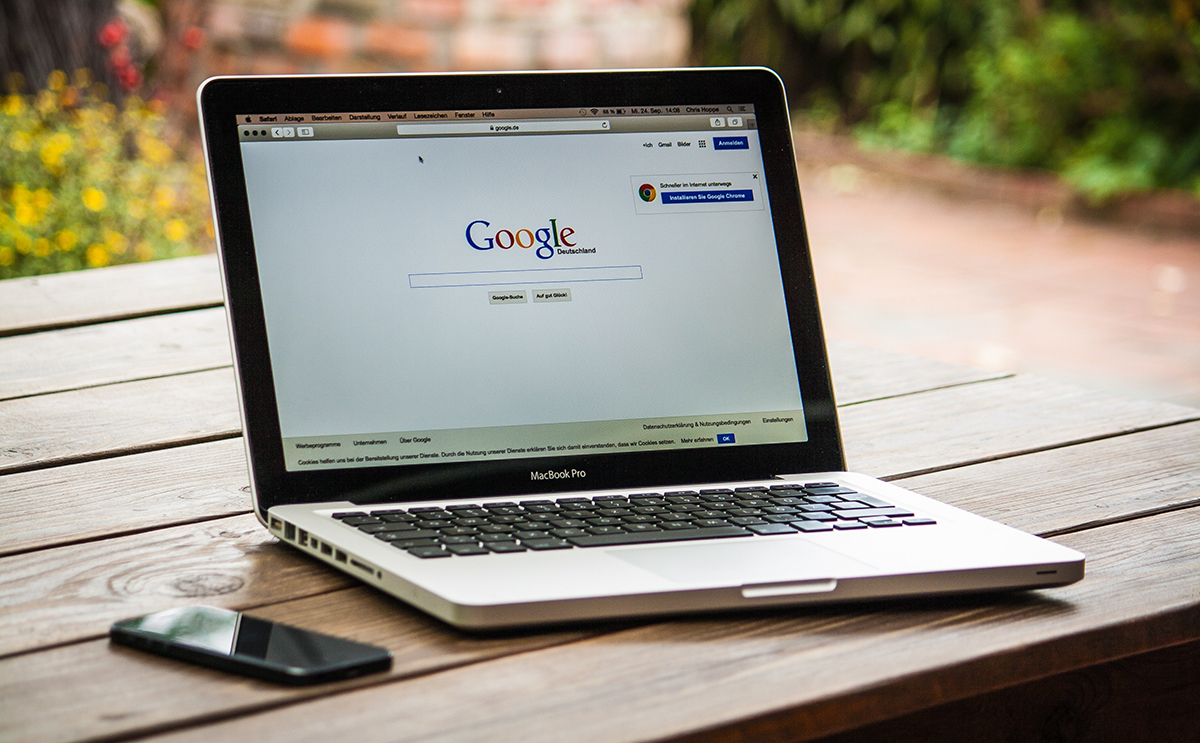
We see this as another step in the right direction. Google is putting more emphasis on great content & user experience, focusing on rewarding those brands and publishers that add real value to the internet experience. What we’re seeing is Google taking a broader view of what’s best for the user (from both a relevant content point of view, but also by quantifying the page experience) and reflecting this in how it ranks pages
We will almost certainly still be talking about the core technical aspects of good SEO (fixing canonical tags and indexation issues), but this update really does change the optics of many search marketing strategies to focus much more on adding value to the user. How can your brand answer your customer’s pain points? How can you make their purchase journey smoother? What can you offer that your competitors do not? How can you make your website cleaner & faster?
It is one of the reasons why we think that page experience signals are going to have the greatest impact on product-level queries. If you consider that many retailers sell largely the same products as their competitors and promote them using largely the same (usually manufacturer provided) content, page experience could be that ‘tie-breaker’ that determines which brand holds the highest ranking. The financial services sector is another example, where lots of brands all sell what is fundamentally the same product.
Find out more about our approach to SEO
Read moreHow brands should be responding
It has been a while since Google actually gave us such advance warning of an impending change. Since the ‘Mobilegeddon’ in 2015, the search engine has largely sprung updates on SEO’s with very little, if any, warning. For the first time in a while, brands a chance to improve their processes and website experience before the update comes into effect.
Look at the full customer journey, conduct user testing and determine what frustrates customers about your web experience. Conduct competitor research and work out how you can offer something truly unique.
Now is also a good time to sync up your search marketing team, UX team and product owners to create a more seamless online experience. It is going to be much more difficult to respond to this update with a siloed approach.
But don’t drastically deviate from what is now, and still will be, good search engine marketing. Continue to build great content, continue to remove low quality/thin content that adds no value, and update historic content that once had value & is now out of date. A high-quality site not only launches new, amazing content – it goes back and looks at how it can improve its old content too.
And whilst page speed is certainly not a new consideration for Google, the search engine has clearly given a huge indication that this will be a focus area with Core Web Vitals. Remove that old code, split JS/CSS files up, optimise imagery and, if you aren’t already, make sure you’re on HTTP/2.
None of the techniques are new – but they may well become more important for search than they ever have been.
What we're saying about SEO
No Posts Found.

